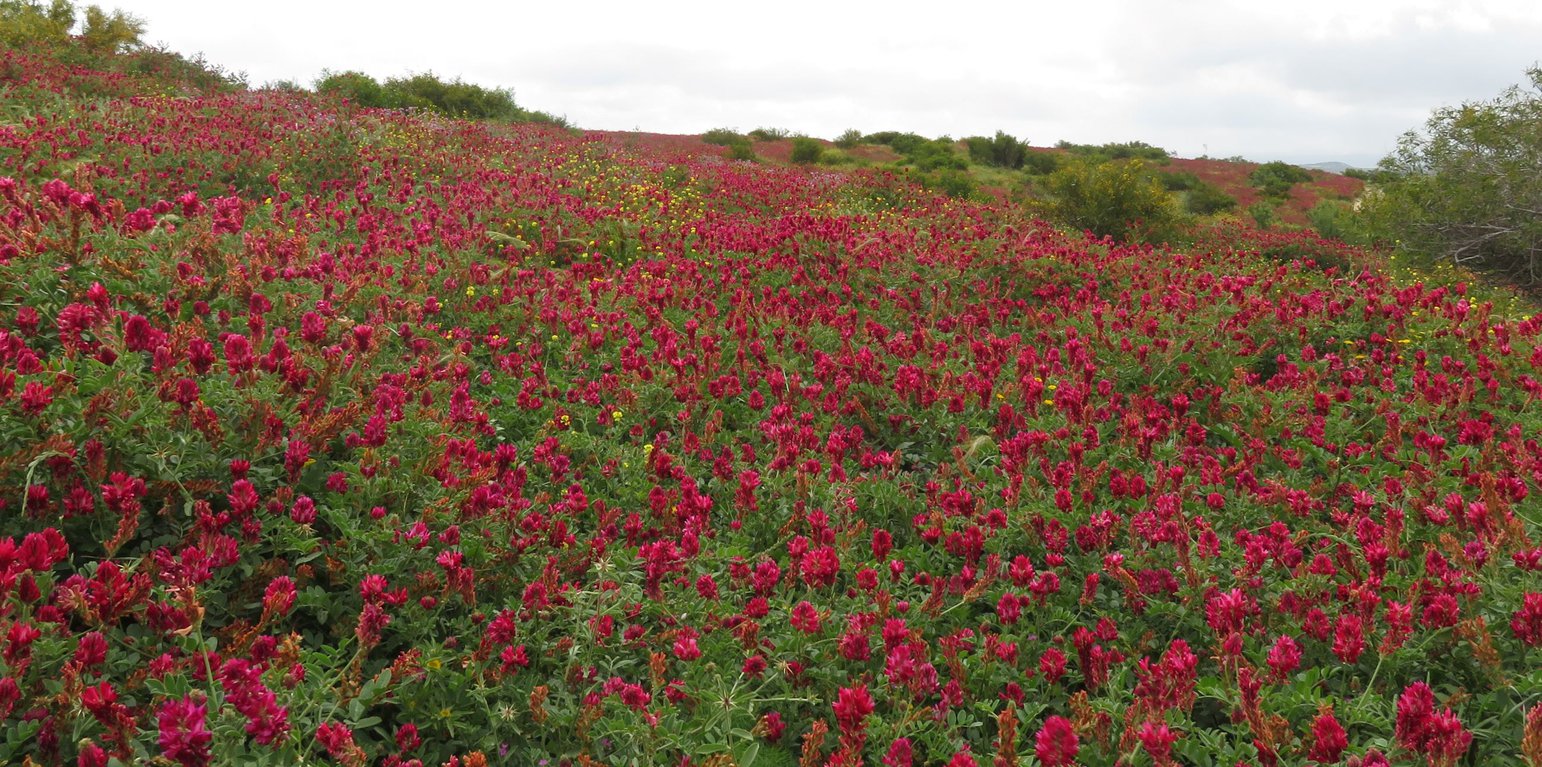



In the semi-arid areas of Tunisia, drylands are prone to a harsh environment combining high temperatures and limited annual rainfall (350 - 600mm). Nevertheless, many marginal farmers depend on these drylands for income through grazing their livestock. However, due to worsening climatic conditions and mismanagement, the land is becoming seriously degraded. This results in a degradation cycle: overgrazing results in less land available to graze and therefore more rapid degradation on those areas. To break the cycle, an innovative approach is needed.
The International Centre of Agricultural Research in Dry Areas (ICARDA) recognized the problem and developed an approach, together with national parties Office de l'élevage et des pâturages (OEP), Office du Développement Sylvo- Pastoral du Nord -Ouest (ODESYPANO), and Direction Générale des forêts (DGF). They focused on native species which are adapted to the harsh environmental conditions. They selected leguminous species, because these enhance the soil's nutrient status through nitrogen fixation. Additionally, legumes improve the diet of livestock. The perennial Hedysarum coronarium or "Sulla" provides the soil with cover, reducing erosion and increasing water infiltration: rainfall is intercepted by the vegetation cover, resulting in less runoff. The cover also provides shade, which decreases evaporation. Then, the roots of the vegetation improve soil porosity, hence the infiltration capability of the soil. All these benefits improve biophysical and socio-economic resilience.
A degraded field was planted with Sulla in 2017. The land was ploughed before manual seeding. To prevent overgrazing, grazing was managed according to guidelines formulated by ICARDA and national parties. In the initial year, twenty-five smallstock (sheep/goats) graze one hectare for thirty to sixty days. In subsequent years, forty smallstock graze one hectare for thirty to sixty days, since the vegetation is then better rooted and developed. To maintain optimal production, a field needs reseeding after three years, hence the activities and related costs shown in this documentation are recurrent every three years.
This technology has had several positive impacts in the area. The productivity was increased from approximately 2310 kg (dry matter: DM) per hectare to approximately 5330 DM kg per hectare. The technology also increased water productivity from 9.5 DM kg per mm rainfall to 11.8 DM kg per mm rainfall. Hedysarum coronarium improved the quality of fodder, thus benefiting local land users. In addition, the soil was less prone to erosion and water better retained in the soil.
Land users also stated that they benefited from the improved fodder availability because this decreased the costs of feed import. Also, since Sulla is suited to the local climate, few inputs are required, reducing costs and work.
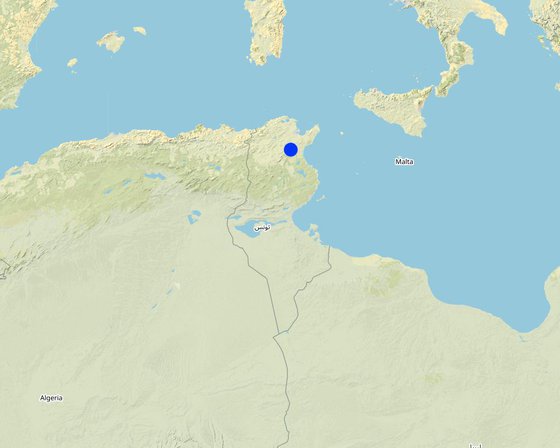
Местоположение: Zaghouan Governorate, Тунис
Число исследованных участков, где применяется Технология: отдельный участок
Пространственное распространение Технологии: равномерно-однородное применение на определенной площади (approx. < 0,1 км2 (10 га))
На постоянно охраняемой территории?: Нет
Продолжительность применения Технологии: 2017
Тип внедрения/ применения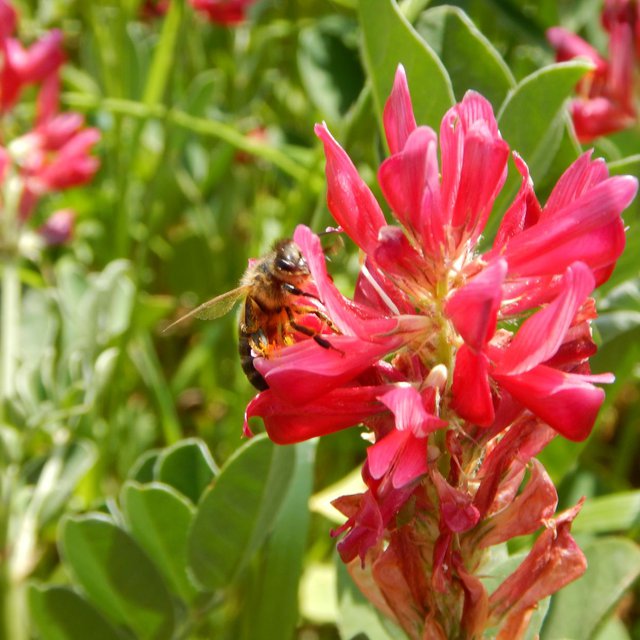
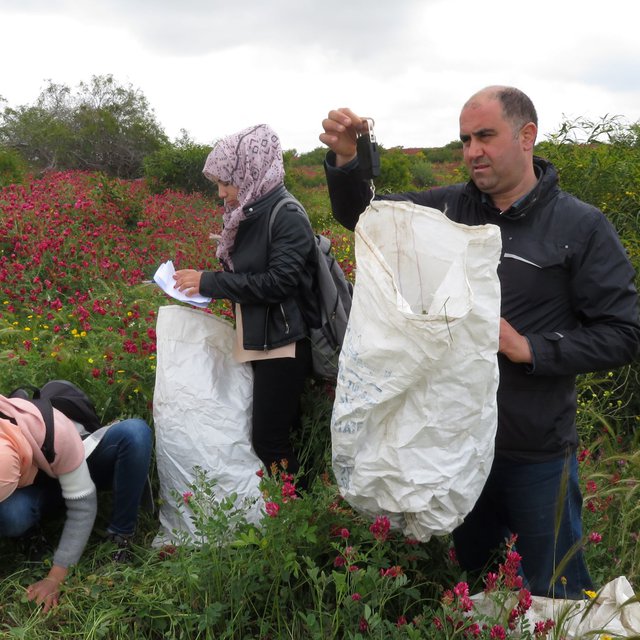


| Виды | Count |
| овца | н/п |
| козы | н/п |








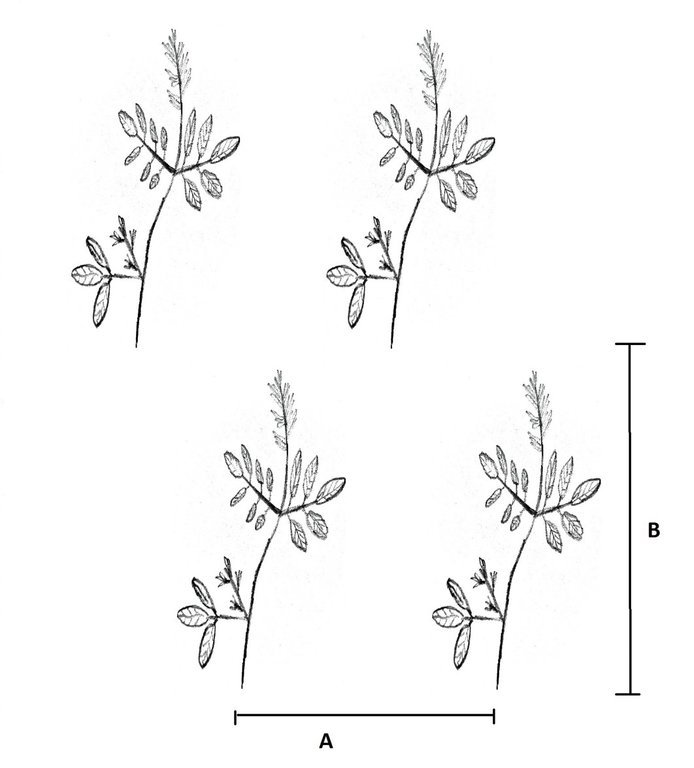
| Опишите затраты | Единица | Количество | Затраты на единицу (Доллары США) | Общая стоимость на единицу (Доллары США) | % затрат, оплаченных землепользователями |
| Оплата труда | |||||
| Manual Seeding | Person-Hours | 10,0 | 0,875 | 8,75 | 100,0 |
| Оборудование | |||||
| Plough | Machine-Hours | 0,75 | 15,0 | 11,25 | 100,0 |
| Посадочный материал | |||||
| Sulla Seed | Kilogram | 30,0 | 1,5 | 45,0 | |
| Общая стоимость запуска Технологии | 65.0 | ||||
| Общие затраты на создание Технологии в долларах США | 65.0 | ||||